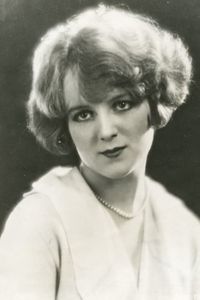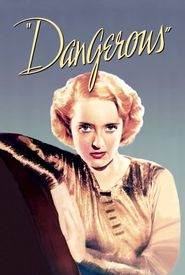Pauline Garon, a talented Canadian-born American actress, left an indelible mark on the world of silent films, feature films, and stage performances, entering this world on September 9, 1900. Her remarkable journey came to an end on August 30, 1965. Garon's illustrious career in Hollywood began in the year 1920, where she had the privilege of working alongside the renowned D.W. Griffith. Her first significant role in the cinematic world was in the 1921 film, aptly titled The Power Within, marking the beginning of a long and fruitful journey in the world of entertainment.
Garon's career trajectory underwent a significant transformation in 1923, as she was catapulted to fame by none other than the illustrious Cecil B. DeMille, who singled her out as his latest and most promising discovery.
As a direct result of this recognition, Garon found herself catapulted to the forefront of Hollywood stardom, with a starring role in the critically acclaimed film, Adam's Rib, and being handpicked as one of the prestigious WAMPAS Baby Stars, a coveted honor reserved for the most promising young talents in the industry.
Furthermore, Garon's impressive performance in Henry King's adaptation of the 1922 film, Sonny, earned her widespread critical acclaim, with many praising her nuanced and compelling portrayal of the character.
Additionally, her turn as Florence Crosby in the First National Pictures release, Sonny, showcased her remarkable range and versatility as an actress, cementing her status as a rising star in the Hollywood firmament.
Noted actress Garon's remarkable career trajectory unfolded throughout the 1920s, during which she consistently showcased her talents by starring in a minimum of five films annually. Her impressive résumé included prominent lead roles in B movies, as well as supporting parts in more prestigious and glamorous productions.
As her star continued to rise, Garon shared the screen with esteemed colleagues Gloria Swanson and John Boles in the 1927 film, The Love of Sunya. This cinematic endeavor held significant importance, as it marked the grand opening of the renowned Roxy Theatre in New York City, a historic event that would forever be etched in the annals of cinematic history.
As the 1920s progressed, the cinematic trajectory of Garon began to take a downward turn, leading to a gradual diminution of her screen presence. By 1928, her career had started to experience a noticeable decline, and she found herself relegated to appearing in French dubbing versions of Paramount Pictures' productions, as well as less well-known English language films.
Garon's acting career continued to unfold throughout the 1940s, with a series of notable appearances that showcased his versatility as a performer.
In the film industry, Garon's presence was felt in a supporting role in the critically acclaimed drama, How Green Was My Valley, which premiered in 1941. This cinematic masterpiece, directed by John Ford, told the poignant story of a small Welsh mining town and its residents, and Garon's contribution added depth to the narrative.
Furthermore, Garon's affinity for the western genre was evident in his appearances in two films of this type. The first, Song Of The Saddle, was released in 1936 and featured Garon in a key role. The second, The Cowboy and the Blonde, premiered in 1941 and showcased Garon's range as an actor in a leading capacity.
These appearances not only demonstrated Garon's ability to adapt to various roles but also highlighted his dedication to his craft, as he continued to hone his skills and take on new challenges throughout his career.
Notable aspects of Genevieve Garon's personal life included her three marriages to esteemed individuals from the entertainment industry. Her first union was with actor Lowell Sherman, a prominent figure in the world of cinema. Subsequently, she tied the knot with Clyde Harland John Alban, a talented radio star and actor who commanded a significant following. Garon's third and final marriage was to the charismatic comedian Ross Forester, with whom she shared a lifelong partnership until her untimely passing.
As her life came to a close, Garon succumbed to a debilitating brain disorder at the Patton State Hospital in San Bernardino, California. Her passing occurred in the year 1965, at the tender age of 63, leaving behind a legacy that would be remembered for generations to come.




































